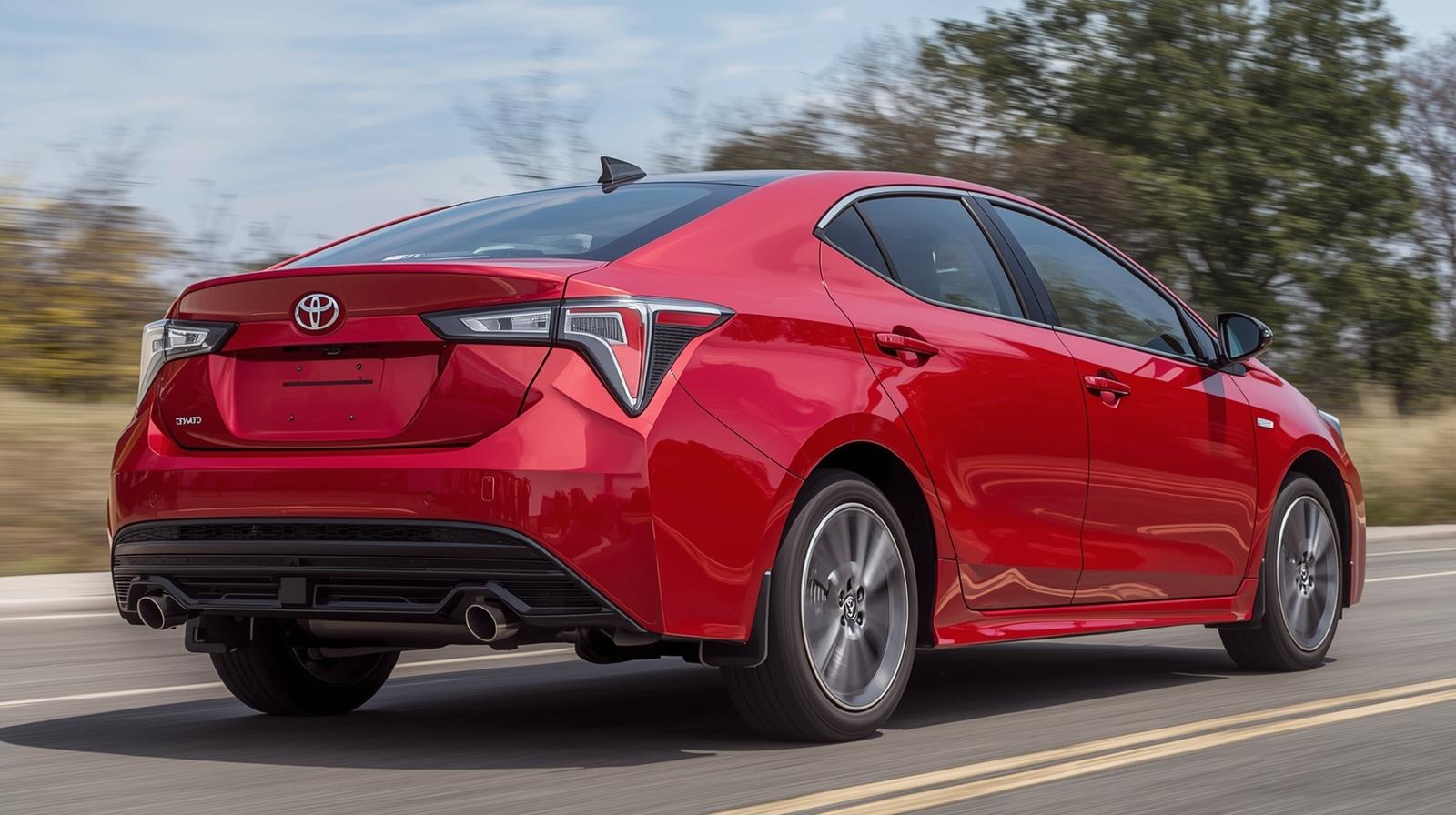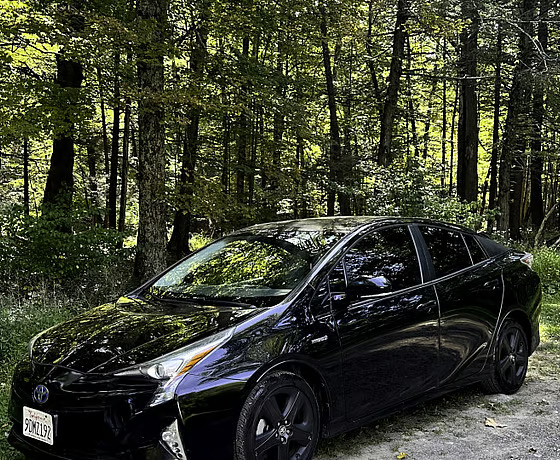How to Sell Your Car Privately Without a Dealer
Determining the sale of your vehicle is a big step, and how you choose to sell is even more critical. Trading the vehicle to a dealership is typically the easiest route, but you often sacrifice thousands of dollars in the end. If you are looking for the biggest return on your investment, learning how to sell your vehicle privately is your best option. This plan will serve to educate you through each step of the process, from advertising to price negotiation to paperwork and licensing, so that you will be empowered to privately sell the vehicle yourself.
Selling your car by yourself is empowering. You set the price, you talk to the buyer, and all of the money goes in your pocket. Selling may be intimidating, but with a plan of action, you will easily figure out how to sell your vehicle privately without any dealers while getting top dollar in the end. We will cover vehicle preparation methods, how to sell your vehicle, and advertising it in the right place.
Step 1: Prepare Your Car for Same-Day Sale
First impressions matter. A clean and working-order vehicle sells faster for a better price. Before you even think about snapping a few photos, set aside adequate time to get your vehicle in showroom condition.
Deep Clean Inside and Out
First, start washing and waxing your car, including the rims. A shiny windshield lets the potential buyer know the car has been taken care of. Do not forget the wheels, shine the tires, and most importantly make sure the windows are clean as well. The inside is just as important. Vacuum every nook and cranny, including under the seats and in the trunk. Wipe down every surface, including the dashboard, console, and door panels with some kind of protectant for a fresh, clean look to the interior.
If you notice stains on the upholstery, a carpet cleaner/fabric cleaner can be effective for minor stains or you could hire a detailer for the more stubborn ones. A clean and fresh-smelling interior goes a long way!
Gather Your Paperwork
For serious buyers, there is a desire for proof of ownership along with evidence of maintenance. Gather as much documentation as possible prior to the posting of the vehicle. The most obvious documentation includes:
The Vehicle Title: Probably the most crucial document as it confirms you're the legal owner of that vehicle. If you owe a lien on the vehicle, contact the lender for their procedure to pay it off and transfer ownership.
Maintenance Records: Gather any and all invoices for work performed for service. Regular changes on oil, fluid, tire rotation, etc., go beyond just another paper but show that you participated in the maintenance of that vehicle, which builds confidence in buyers.
Vehicle History Report: Many Companies will report vehicle history including accidents, title issues, odometer, etc. You can purchase a report on your own, and present it to buyers as a method of transparency.
Step 2: Price Your Car Right
Setting the right price is a balancing act; too high and you're more likely to run off buyers, but too low and you're leaving money on the table. The right price is, anywhere comes down to research. These platforms will provide you with an estimated price range based on your vehicle’s make, model, year, mileage, and condition. Make sure you are honest with the condition of your car – do you rate the condition “excellent,” “good,” or “fair”?
Next, look at what cars similar to yours are selling for in your locality. Check a variety of online marketplaces and see what the advertised prices are for vehicles similar to yours, and this will provide you a practical sense of the market. Since you are selling the car privately, you have room to negotiate, so when you set your asking price, be sure to include a buffer price so there is some room for negotiation.
Step 3: Create a Stellar Online Listing
Your online posting is your storefront on the internet. Creating a great online listing can mean the difference from getting inundated with interest or receiving tumbleweeds.
Capture High-Quality Photographs
There is no need for a professional camera; even a smartphone camera will suffice. The most important thing is that your photos are crisp, identifiable, and from all angles. Try to find a unique and general location that is free from clutter, such as a park or an empty parking lot.
Photograph the following:
Front, back, and both sides
All four corners (three-quarter view)
Dash, odometer showing the mileage
Inside front and back seats
The trunk and engine bay
Any quirky features or the newness that will officiate it as exotic
Any dings, scratches, or other damage. Honesty is key!
Write a Comprehensive Description that is Honest
Your description should tell. First, include the basic details: year, make, model, trim, mileage, and price. Then delve into the details. Highlight the best attributes of the car, such as a sunroof, new tires, or a premium sound system. Be straightforward about the condition. If there is a small dent or a scratch, say it. Buyers feel a sense of honesty, and they are more likely to trust a seller who is upfront about little imperfections. Finally, end with a clear call to action, letting buyers know how to reach out to you.
Step 4: Find the Best Sites to Sell Your Car Privately
After you create your listing, you will want to reach the buyers who are looking for cars to buy. There are many options available to sell your car privately, and each has its own pros and cons. Here are some of the best sites to sell your car privately :
Dedicated Marketplaces like KarKiosk: Specialized Marketplaces like KarKiosk : Websites focused on facilitating sales of private vehicles are a great option. These are websites that are specifically made for privately selling your car, and they offer tools that are only focused on selling your car. The buyers on those types of sites are more serious and looking for a private seller mainly because those sites only offer privately-sold vehicles, and that makes it the number one option. Utilizing a dedicated marketplace can save you time and energy when working with buyers who are interested in purchasing your vehicle.
Step 5: Respond to Inquiries and Test Drives
Expect phone calls, text messages, and emails. Be sure to respond quickly and professionally. When scheduling a test drive, think about your personal safety. If possible, arrange to meet at a public space, like the parking lot of a police department, or at a busy shopping area. Also, before the potential buyer has the opportunity to drive your car, be sure to ask them if you can see their driver's license, and accompany them during their test drive.
When among the potential buyer, allow them to experience the car. Try not to talk too much, but make sure to be ready to answer questions. The more confident you appear, as a knowledgeable seller, the better the impression you will make.
Step 6: Close the Sale and Transfer Ownership
After you agree to a price, it is time to close the deal. Be firm on the payment method, insisting on secure payment methods, like cash or a cashier's check. Do not accept a personal check, as it may bounce. If you are working with a cashier's check, be sure to suggest meeting at their bank so you can see the transaction take place.
You will need to create a Bill of Sale to complete the sale. This receipt should include:
Date of the sale
Year, Make, Model, and VIN of the vehicle
The sale price
The identities of the buyer and seller, including signatures
Lastly, transfer ownership of the title to the new owner. Laws differ between states, so check your local DMV's website for more directions. After completing the sale, you'll want to cancel your insurance policy on the vehicle, and let the DMV know the vehicle has been sold.
Selling your vehicle privately has its advantages, including possibly making many more dollars. By planning in advance and approaching the process strategically, you can have an efficient and successful sale with relatively few problems.
Frequently Asked Questions
Q: What can I do to ensure I am safe during a test drive?
A: Meet the buyer in a well-lit public place and ask to see their driver's license before allowing them to take the vehicle for a test drive. You should join them in the test drive. Let a close friend or family member know what you are doing, and who you are meeting, and take their car or incentive to the next step.
Q: What documents do I need to complete a private automobile sale?
A: You'll need the vehicle title, an official bill of sale, maintenance documents, and a valid identification. Make sure you check with your state ideas, or laws, if they require proof of emissions certification and/or inspections, or transfer of title.
Q: How can I guarantee a safe method of receiving payment when selling my vehicle?
A: The safest method of payment is cash or a cashier’s check. You want to avoid personal checks. If either you or your buyer choose a cashier's check, take care of the transaction at the bank issuing the cashier's check.
Q: Are sites like KarKiosk legit and safe for selling a vehicle privately?
A: Yes, sites specifically meant for private vehicle sales, like karkiosk, are legit and provide safe, secured options for selling private vehicles. These sites work through methods designed to protect both the seller and buyer.




